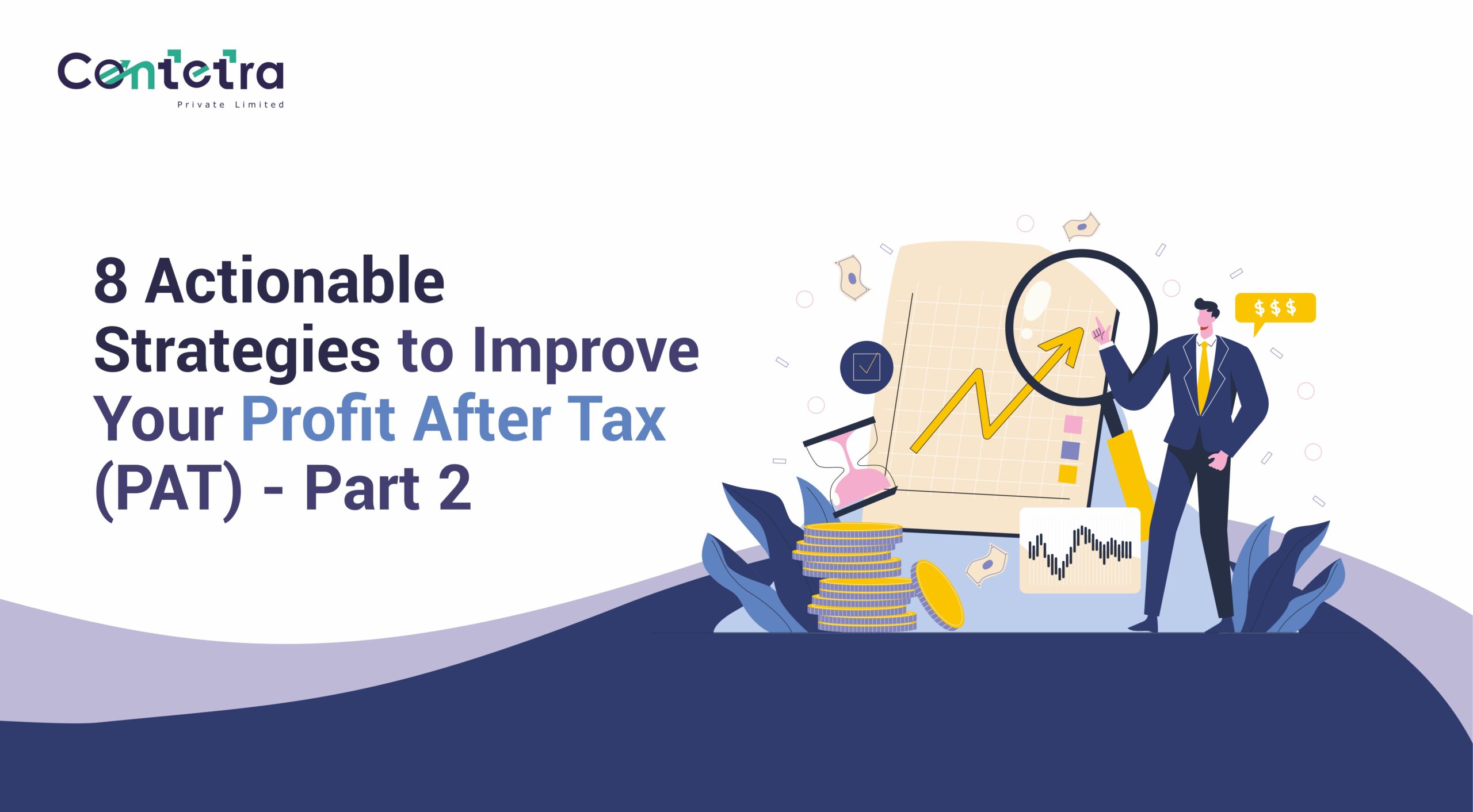In our current digital era where change is always at your doorstep, it’s crucial to adapt and thrive, particularly by harnessing the potential of data for well-informed decision-making. To ensure not just survival but success, it’s essential to evolve your planning and analytical solutions and safeguard your investments along the way.
Companies, regardless of size, traditionally rely on Financial Planning and Analysis for their planning, budgeting, and forecasting needs.
But interestingly, in 2020 Gartner introduced a new term to this broader concept of financial planning and performance management: “xP&A (Extended Planning & Analysis).”
This got everyone talking about the extended possibilities of financial planning & analysis and the impact it would create on the organisation.
Gartner even predicts that by 2024, 70% of new financial planning and analysis projects will adopt the extended planning & analysis approach, broadening their reach beyond finance to encompass various aspects of enterprise planning and analysis.
So, what exactly is extended planning & analysis?
xP&A (extended planning & analysis) is an evolution of conventional financial planning models that typically focus on financial data and metrics to generate forecasts. Extended planning & analysis operates as a continuous, adaptable model requiring regular updates with high-quality data.
To illustrate, think of it in terms of an individual’s perspective rather than a company’s.
Traditional financial planning & analysis works for tracking an athlete’s goals scored (numerical data), while extended planning & analysis involves assessing their overall fitness, mental well-being, team dynamics, and external factors – a more holistic approach, much like considering a company’s financial health beyond just numbers.
In simpler terms, Extended Planning and Analysis extends its purview beyond financial data to evaluate a company’s financial well-being and future.
This expanded perspective encompasses diverse information such as employee retention, operational metrics, and external market trends—anything contributing to a more comprehensive view of the entire business.
How does FP&A evolve into xP&A?
Finance always serves as the initial focal point for any in-depth planning and analysis within an organisation. However, following a thorough evaluation of its effectiveness, management can decide to extend this approach to other departments such as sales, marketing, operations, and human resources.
As discussed in my earlier blog post, financial planning & analysis plays a pivotal role in the foundation of finance. While many finance professionals and teams continue to rely on spreadsheets as their primary planning tool, modern platform solutions are becoming increasingly prevalent in assisting organisations in automating, integrating, and revolutionizing their planning and reporting procedures.
The advent of larger data volumes and automated processing introduces new opportunities for more precise planning, control, and adaptation across various facets of the business, extending beyond the realm of finance. The tools employed in this process are not limited to a specific type of data, enabling their utilisation for enhancing insights in other functional areas of the business. This is where financial planning & analysis evolves into what we refer to as extended planning & analysis.
How does xP&A help the CFO in navigating their evolving role?
The role of CFOs is undergoing a significant transformation, extending far beyond their traditional financial stewardship duties.
According to a recent survey conducted by NetSuite, even in small and midsize businesses, CFOs are shouldering an increasingly diverse set of responsibilities.
CFOs are grappling with the challenge of managing their expanding roles, which has become their foremost concern.
One approach that holds substantial promise for CFOs in this evolving landscape is known as xP&A (extended planning & analysis). This approach stands out for its capacity to provide a more comprehensive, data-driven perspective, enabling CFOs to take the lead in driving strategic initiatives across the entire organisation and enhancing overall business performance.
What’s noteworthy is that CFOs in smaller and midsize enterprises are now assuming roles that were once exclusive to larger corporations’ finance departments?
Their companies are also demanding accurate, real-time data and insights to inform their decision-making processes. Consequently, these CFOs are likely to discover the value of extended planning & analysis processes and tools, which can deliver precise financial intelligence and risk analysis, fostering a competitive edge for their businesses.
How does xP&A give you a 360° overview of performance?
Extended planning & analysis) is a tool of modern financial planning and analysis, delivering continuous, all-encompassing plans that enhance agility and reliability throughout the entire company. This transformative approach not only fosters sustained long-term performance but also elevates transparency and precision across the entire organisational spectrum.
By establishing a unified and robust data foundation, extended planning & analysis democratises the planning process, making it an inclusive, organisation-wide endeavour. Gone are the days when planning was confined solely to the finance department; instead, it has become a shared pursuit with a comprehensive 360° perspective.
Extended planning & analysis seamlessly amalgamates financial and non-financial data from diverse sources, extending its reach to encompass business and operational teams beyond the confines of finance. This holistic approach fosters a continuous performance management framework that provides a crystal-clear understanding of the overarching organisational landscape.
What are some pro tips to go from FP&A to xP&A?
Transitioning to an extended planning model requires careful consideration and strategic implementation. Here’s a breakdown of the key steps and considerations to successfully make the switch to extended planning & analysis:
- Identify Relevant KPIs:
- Review your company’s financial and operational Key Performance Indicators (KPIs). These metrics will guide the data you need for extended planning.
- Ensure that the selected KPIs align with your business goals and strategies. Having clear objectives is crucial to avoid collecting unnecessary data.
- Think Creatively About Data:
- Embrace creativity in your data collection process. Look for unconventional sources of information that could provide valuable insights.
- Examples include text analysis of social media posts for market trends, weather data for hospitality businesses, or location-based data for optimizing logistics.
- Establish a Structured Process:
- If you choose a rolling extended planning model, create a calendar of key dates and deadlines for reporting across various departments.
- Consider designating a team or individual responsible for overseeing extended planning, especially in larger organisations.
- Involve key stakeholders and investors in the process and implement policies and regular evaluations to ensure smooth planning operations.
- Employee Training and Empowerment:
- Recognise that adopting new systems or software may require employee training. Invest in training programs to ensure that your team is comfortable working with extended planning tools.
- Empower trained employees to make data-driven decisions based on the information they gather. Confidence in data analysis is essential for the success of extended planning & analysis.
- Effective Internal Communication:
- Communication is key to managing change. Engage your internal communications team to facilitate the transition to extended planning across the organisation.
- Use various communication channels, such as emails, video campaigns, Slack, or Notion, to keep employees informed and engaged.
- Encourage feedback from employees and address their concerns to build support for the new approach.
- Continuous Learning and Improvement:
- Promote a culture of ongoing learning within your organisation. Encourage employees to stay updated on the latest developments in extended planning through professional memberships, webinars, and training courses.
- Continuously evaluate and refine your extended planning & analysis process to adapt to changing business needs and emerging data sources.
Remember that the success of extended planning hinges on the alignment of data with your business objectives, a structured approach, and the active involvement of your employees. By carefully considering these steps and fostering a culture of data-driven decision-making, you can harness the power of extended planning & analysis to drive your business forward.
We hope you found this to be an insightful read. Follow our CEO and CFO on LinkedIn for content on #internationalGAAP #IFRS #BusinessFinance #FPA #FinanceStrategy and more!














